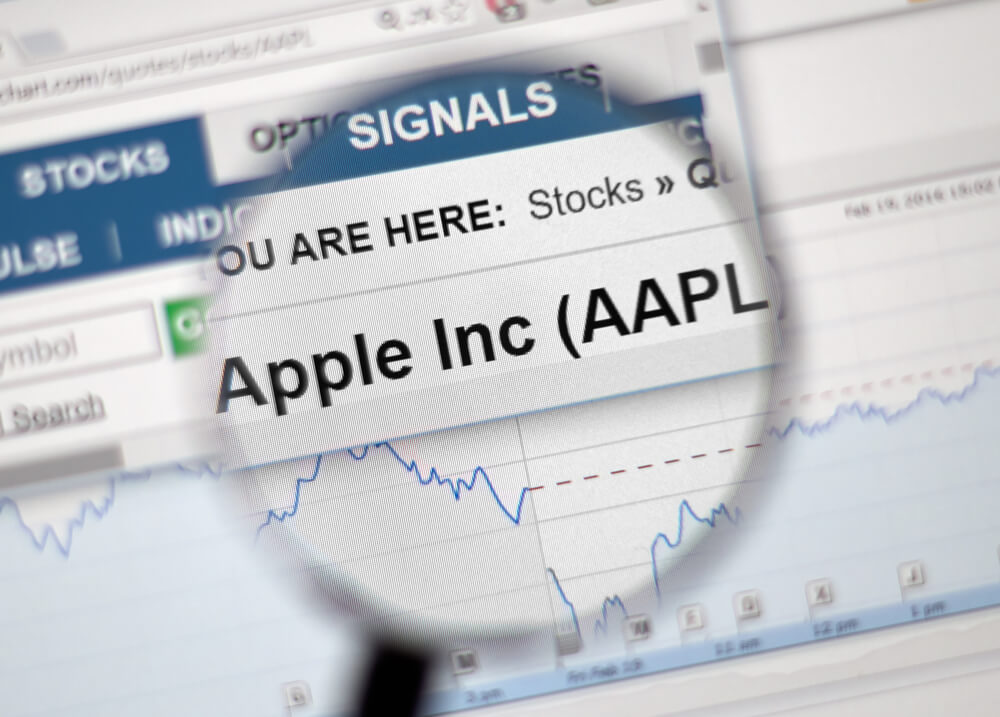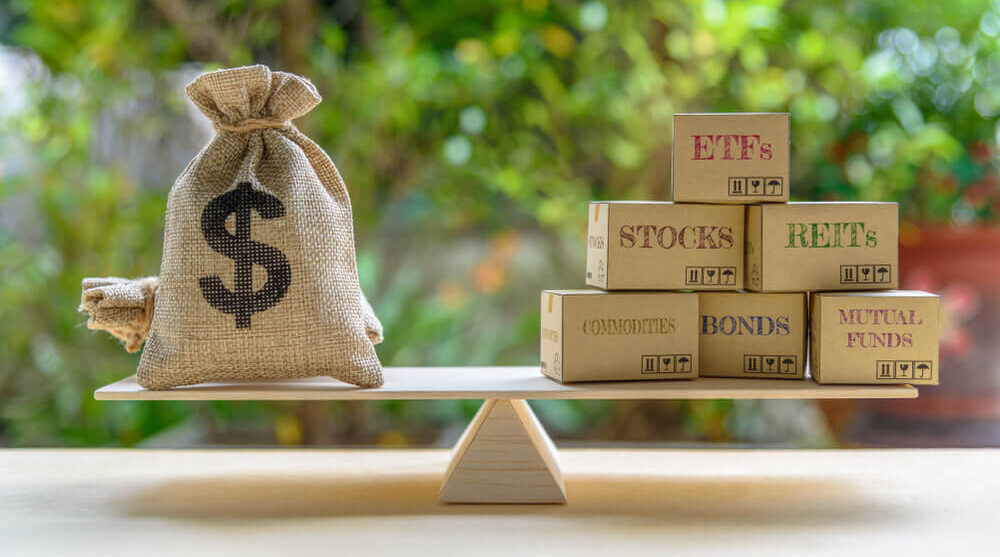I mentioned earlier this week that Warren Buffett was on the hunt for investments again, dropping $10 billion on Dominion Energy’s pipeline assets.
Well, Mr. Buffett was in the news again. MarketWatch reported he had fully 43% in a single stock — Apple (Nasdaq: AAPL).
There are a couple of caveats.
To start, we’re talking about Berkshire Hathaway’s portfolio of public stocks. Much of its capital is tied up in private businesses and insurance operations.
So the “real” allocation to Apple is a lot smaller. At today’s prices, Buffett’s Apple investment accounts for about 21% of Berkshire Hathaway.
But 21% is still a big number. And it brings diversification into the spotlight.
Warren Buffett has said that “diversification is protection against ignorance. It makes little sense if you know what you are doing.”
That’s true. As investors, we diversify to protect ourselves from the unknown.
But the “correct” amount to invest in any single position depends on a couple of factors.
Short-Term or Long-Term Diversification
Conventional wisdom says that short-term trading is riskier than long-term investing.
But I disagree. Short-term trading can be a lot less risky.
If you trade in and out of a stock, you’re not likely to ride it all the way to zero. But if you’re a passive buy-and-hold investor — you just might.
For a long-term buy-and-hold position, I put a cap at 5% of the total portfolio. That assures diversification.
If a stock does really well and grows to a larger percentage, I might let it run for a while.
But I’m comfortable investing 3% to 5% of my portfolio in a single stock for a long time.
Here’s how this could play out.
If a 5% position gets cut in half, you’ve lost 2.5% of your total portfolio. In a $100,000 portfolio, you’ve lost $2,500. We can recover from that.
Using a short-term trading strategy with hard and fast rules telling you when to enter and exit means you can put more of your money into a trade.
But be smart. You don’t want to make a massive trade right before the company releases quarterly earnings, and get caught with your pants down.
Investing more than 10% in a single stock is OK if you use good risk management and keep a close eye on the position.
How Big is the Stock?
 Apple is one of the largest companies in the world. It has an army of analysts watching its every move.
Apple is one of the largest companies in the world. It has an army of analysts watching its every move.
Taking a large, outsized position in a stock Apple’s size isn’t crazy. Apple makes up about 6% of the S&P 500, for crying out loud.
If you own shares of an S&P 500 index fund, you have a concentrated positon in Apple — whether you wanted it or not.
But think about a small-cap biotech or cannabis stock. Do you really want to invest a large chunk of your net worth in something speculative that could go out of business tomorrow?
Use the example of another successful investor: Ray Dalio of Bridgewater fame.
He popularized the concept of “risk parity.” In a nutshell, it means you should base the size of a position on its risk. The riskier a position, the smaller it should be. The less risky, the larger it should be.
Through this lens, Buffett isn’t crazy to overload his portfolio in Apple.
If you’re going to have an outsized position, it’s better to do it in something large and, relatively speaking, safe.
In the end, even those of us who know what we’re doing would be wise to diversify. It’s protection against ignorance.
And, frankly, as passive investors without a seat on the board of directors, we’re all a little ignorant.
• Money & Markets contributor Charles Sizemore specializes in income and retirement topics, and is a frequent guest on CNBC, Bloomberg and Fox Business.
Follow Charles on Twitter @CharlesSizemore.





